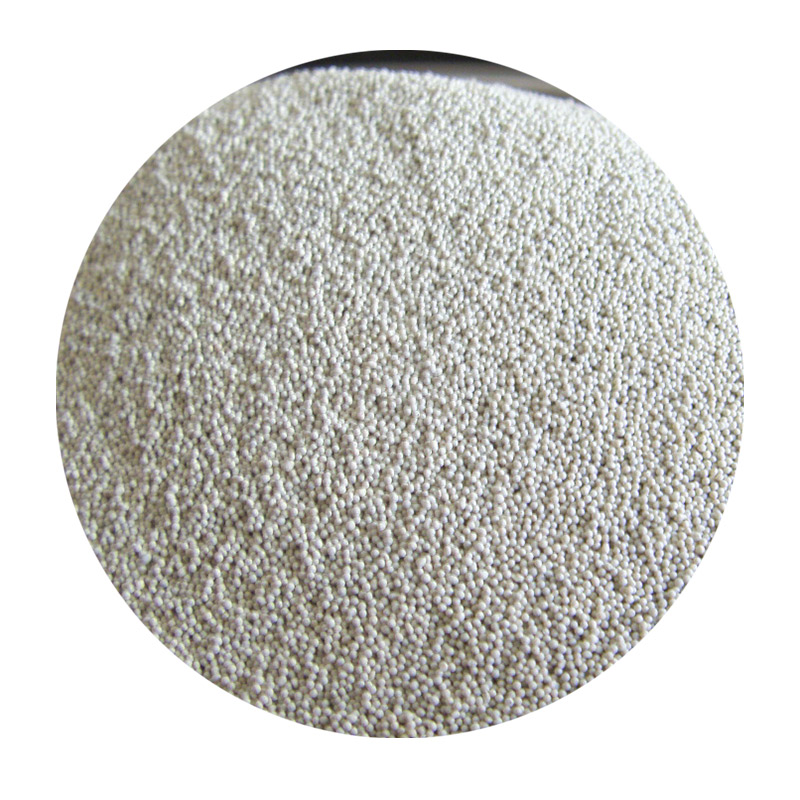Understanding the Materials Used in Sand Casting
Sand casting is one of the oldest and most widely used metal casting processes. It involves forming a mold from a mixture of sand and a binding agent, into which molten metal is poured to create a desired shape. The materials used in sand casting play a crucial role in determining the quality and properties of the final product. This article explores the primary materials involved in the sand casting process.
1. Sand The most essential material in sand casting is sand itself. The sand used is typically a mixture of silica (SiO2) with other additives to enhance the properties of the mold. The most common type of sand used is green sand, which is a blend of silica sand, clay, and water. The clay acts as a binder, helping the sand particles stick together, while water adds moisture, preventing the mold from breaking apart during the pouring process. Other variations of sand include resin-bonded sand and dry sand, each offering different benefits in terms of durability and surface finish.
2. Binding Agents In addition to sand, binding agents are essential in sand casting. Common binding agents include clay, synthetic resins, and other polymers. These materials help improve the strength and cohesion of the sand mixture, enabling it to withstand the pressure of molten metal. For instance, phenolic resins combined with sand produce a strong mold, while clay is used for its ability to retain moisture and provide flexibility.
what materials are used in sand casting

3. Metal The choice of metal is also crucial in sand casting. Common metals used include aluminum, copper, iron, and steel. The selection of metal depends on the application and desired properties of the final cast product, such as strength, ductility, and resistance to corrosion. The melting point of the chosen metal influences the design of the mold and casting process.
4. Additives To enhance the properties of both the sand mixture and the final cast product, various additives can be incorporated. These may include lubricants to reduce friction when pouring the metal, as well as coloring agents to mark the molds or indicate various properties.
In conclusion, the materials used in sand casting—sand, binding agents, metal, and additives—are integral to the success of the casting process. Understanding these materials allows manufacturers to optimize procedures and improve the quality of cast products, making sand casting a versatile and invaluable technique in the metalworking industry.
Post time:Kas . 03, 2024 05:52
Next:components of sand casting
